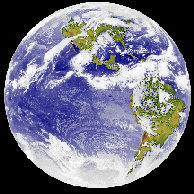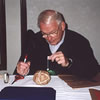Click on image for full size
Image from: Rick Kohrs, Space Science and Engineering Center, University of Wisconsin, Madison
Surface of the Earth
Most of the Earth's surface (70%) is covered with water, and the remaining 30% is taken up by the seven continental landmasses. However, underneath the water that fills the oceans, and the dirt and plants that cover the continents, the Earth's surface layer is made of rock. This outer layer formed a hard, rocky crust as lava at the surface cooled 4.5 billion years ago.
The crust is broken into many large plates that move slowly relative to each other. Mountain ranges form when two plates collide and their edges are forced up. In addition, many other surface features are the result of the moving plates. The plates move about one inch per year, so millions of years ago the continents and the oceans were in different positions. About 250 million years ago, most of the land was connected together, and over time has separated into seven continents.
You might also be interested in:
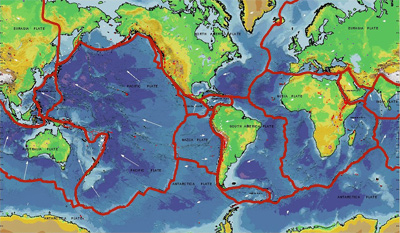
Many forces cause the surface of the Earth to change over time. However, the largest force that changes our planet's surface is the movement of Earth's outer layer through the process of plate tectonics.
...more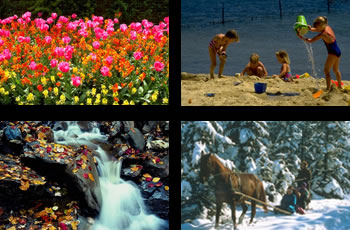
The Earth travels around the sun one full time per year. During this year, the seasons change depending on the amount of sunlight reaching the surface and the Earth's tilt as it revolves around the sun.
...more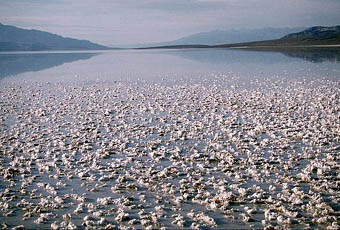
Like other types of sedimentary rocks, chemical rocks form at the Earth’s surface, are usually found in horizontal layers, and do not form from molten rock. However, unlike most other sedimentary rocks,
...more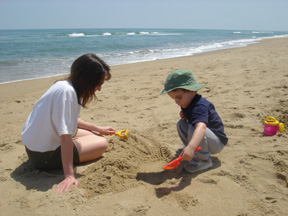
Energy from the Sun is one of the primary drivers of the Earth system. The Sun warms our planet, heating the surface, the oceans and the atmosphere. This energy feeds atmospheric processes and is a primary
...more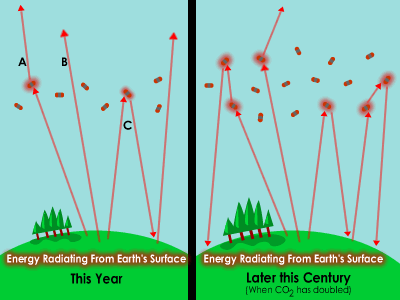
Energy from the Sun can enter the atmosphere, but not all of it can easily find its way out again. This is a natural process called the greenhouse effect. Without any greenhouse effect, Earth’s temperature
...more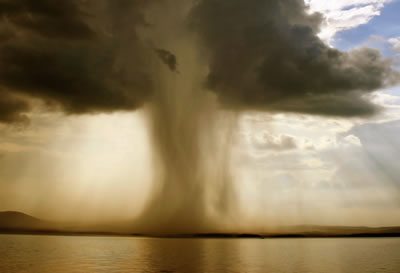
Earth is the water planet. Big Idea 5.1 Water is found everywhere on Earth, from the heights of the atmosphere to the depths of the mantle. Early in Earth’s history, surface water accumulated through both
...more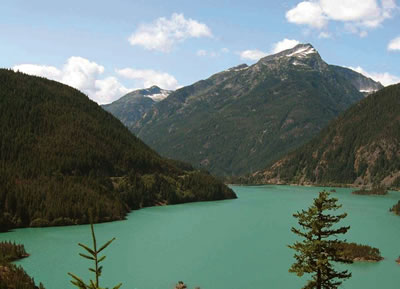
Earth is continuously changing. Big Idea 4.1 Earth’s geosphere changes through geological, hydrological, physical, chemical, and biological processes that are explained by universal laws. These changes
...more


